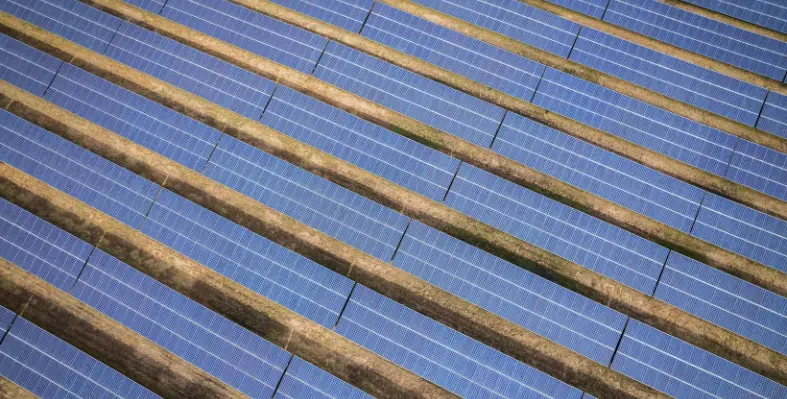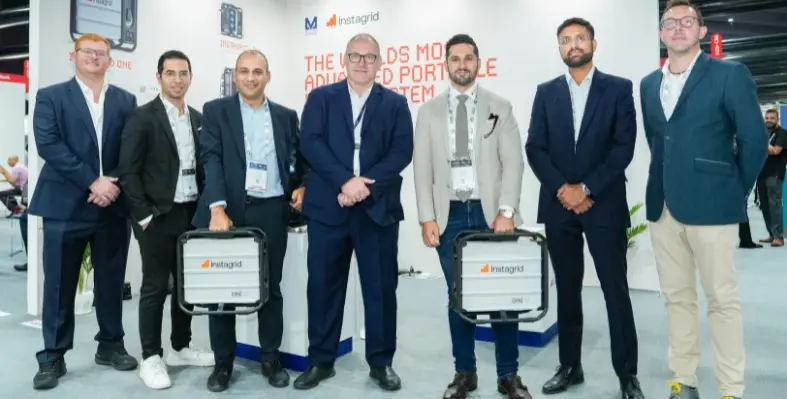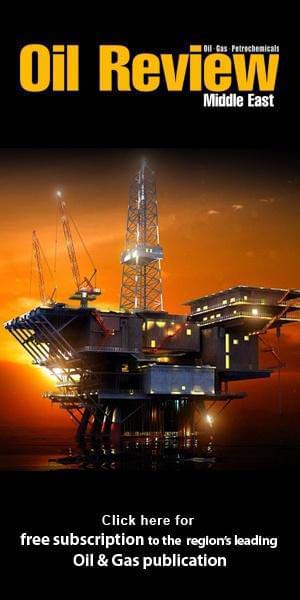At last week’s GITEX Global, one of the region’s most influential tech events, Al Masaood Group, has officially signed a Memorandum of Understanding (MoU) with Instagrid – a Global pioneer in portable battery systems – bringing to the UAE the first professional-grade, portable, emission-free energy source.
Who Is Instagrid?
Founded in 2018 by PhD Engineers Sebastian Berning and Andreas Sedlmayr, Instagrid emerged from a simple yet transformative idea: to create a high-performance portable power solution for professionals. While the market was saturated with leisure-focused power supplies, there was a clear gap for robust, mobile energy systems capable of meeting the demands of industries like construction, events, and emergency services. Today, Instagrid powers over 125,000 professionals worldwide, offering clean, reliable energy wherever it’s needed.
What makes Instagrid unique?
Instagrid’s innovation lies in its micro-inverter technology, which replaces traditional generator components such as large fan-cooled inverters with smart, modular battery architecture. Each Instagrid unit contains 144 individual battery cells, intelligently managed to deliver peak power outputs of up to 18,000W - all from a compact, 20kg device.
The flagship product, Instagrid ONE, delivers 3,600W of rated output power, equivalent to the power performance you’d expect from a 5-7 kVA generator, but with zero emissions, no noise, and no fossil-fuel consumption. Instagrid’s innovative technology replicates grid-like power in the form of a pure sinewave, dynamically drawing power from the necessary cells to meet the fluctuating demands of professional equipment - from drills and pumps to welders and lighting systems.
Unlike traditional generators, which must be oversized to handle peak loads (resulting in wasted fuel and idle time), Instagrid delivers power only when needed, instantly and efficiently.
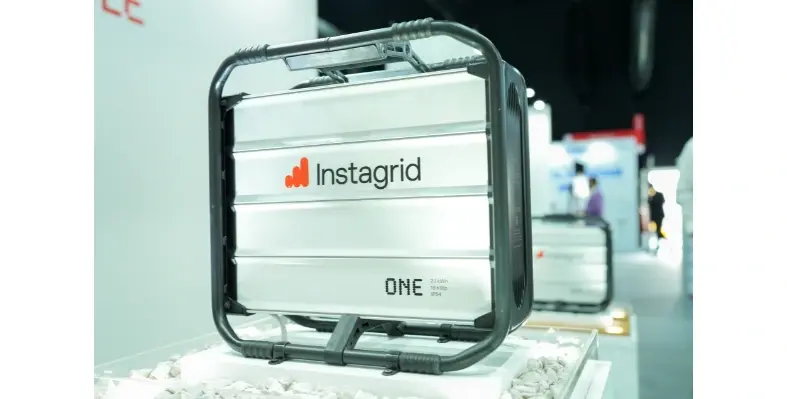
Product range and scalability
∙Instagrid ONE: A compact, robust unit with 2.1 kWh capacity, fully rechargeable in under 3 hours. Built to withstand dust, moisture, and harsh environments.
∙Instagrid LINK: Connects up to three Instagrid ONE units to triple capacity to 6.3 kWh, ideal for high-demand applications like diamond core drilling.
∙Instagrid LINK MAX: Combines three Instagrid ONE units into a portable three-phase power supply, revolutionising the portability of 400 V power sources.
Sustainable by design
Instagrid’s technology is not only clean - it’s circular. The company’s latest Impact Report highlights its commitment to sustainability with impressive headline figures:
∙Over 701,005 tonnes of CO₂e emissions avoided to date - equivalent to removing over 300,000 cars from the road.
∙215,378 tonnes of carbon monoxide (CO) and 279 tonnes of nitrogen oxides (NOx) emissions avoided to date, improving air quality.
∙96% product repair rate, with a Material Circularity Index of 48%.
∙91% material recyclability at end of life for Instagrid ONE and similarly high scores across the product line.
Instagrid’s supply chain and manufacturing processes align with the EU’s latest sustainability standards, ensuring long-term product durability and responsible resource use.
Cost efficiency compared to generators
Beyond environmental benefits, Instagrid offers compelling economic advantages. Based on 5 years average usage an Instagrid unit will reduce total lifetime costs by an average 70%* when compared with a similar sized combustion generator (*based on local market costs) - thanks to savings on fuel, maintenance, accessories, and downtime.
Global trust and adoption
Today, Instagrid stands as Europe’s leading provider of high-performance portable power systems, rapidly expanding its footprint across North America, Australia, Singapore, and, most recently, the UAE. Instagrid has become the portable power solution of choice for leading global contractors like Strabag and Balfour Beatty, and rental giants such as Sunbelt Rentals, who have invested heavily to meet growing demand for sustainable energy.
Strategic partnership with Al Masaood Power
Instagrid’s entry into the UAE market is powered by its partnership with Al Masaood Power, who have a deep heritage of over 50 years driving UAE’s industrial and energy sectors with innovative solutions. a leading energy solutions provider in the region. As the official distributor, Al Masaood will make Instagrid’s full product portfolio - including Instagrid ONE, LINK, and LINK MAX - immediately available across the Emirates.
Supporting the UAE’s Net Zero 2050 Vision
This partnership will support the UAE’s Net Zero 2050 strategy and Al Masaood Power’s innovation roadmap.
By leveraging Instagrid’s proven success in Europe and adapting it to the unique needs of the UAE and GCC markets, this collaboration aims to accelerate the transition to clean portable power across key sectors including construction, infrastructure, utilities, and emergency services.
For more details, visit Instagrid and Al Masaood Group.




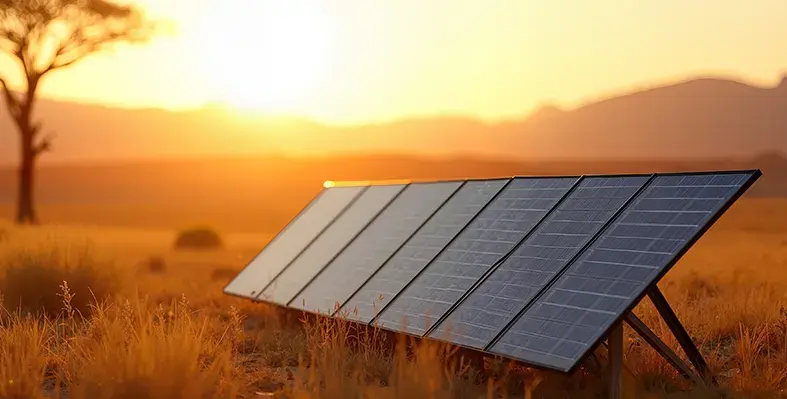
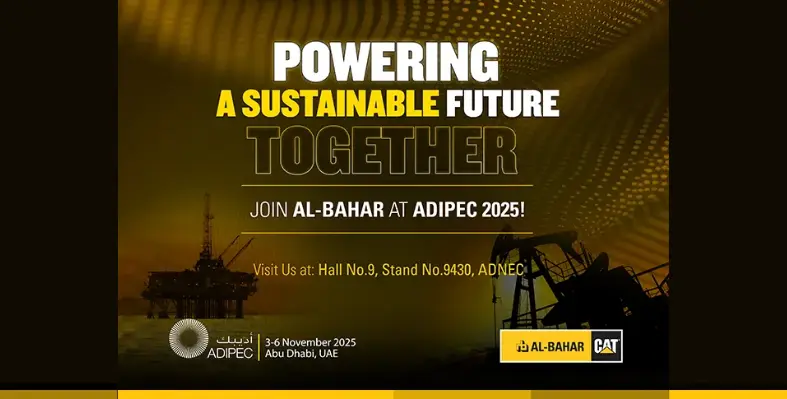
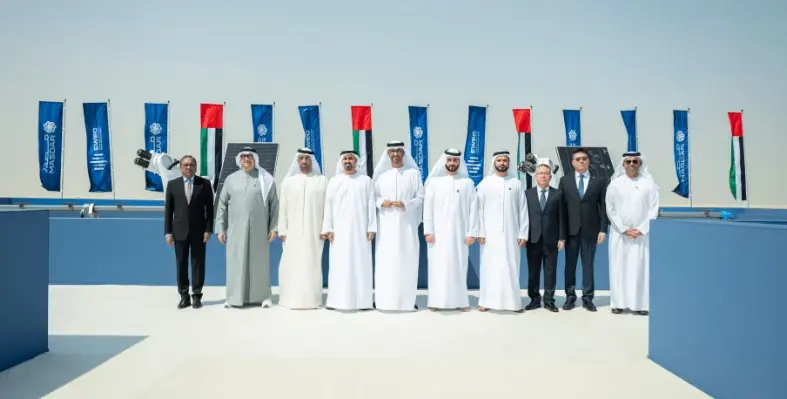
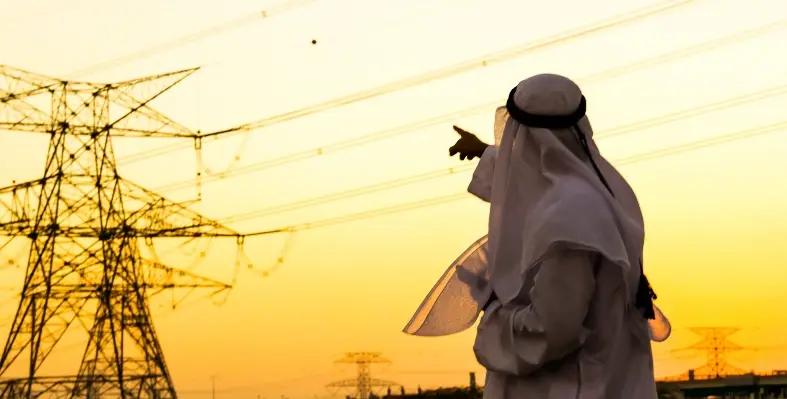
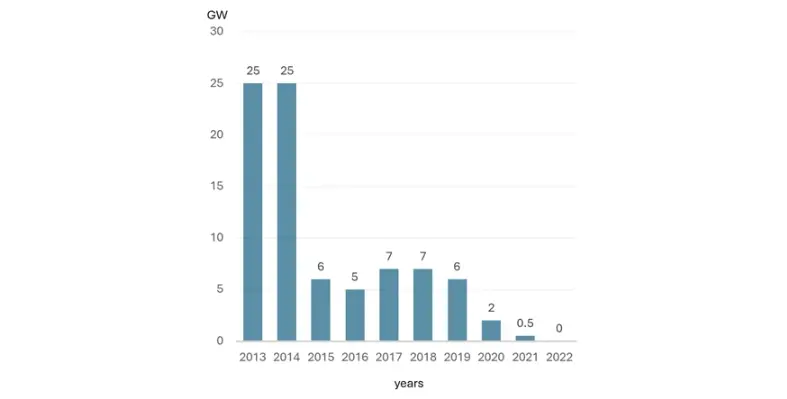 To address these concerns, Italy has gone beyond short-term energy markets and invested in forward-looking mechanisms that secure future capacity and flexibility. One of the country’s most innovative tools is the Capacity Market (CM), designed to ensure that enough “firm capacity”—power that can be counted on at any time—is available years in advance.
To address these concerns, Italy has gone beyond short-term energy markets and invested in forward-looking mechanisms that secure future capacity and flexibility. One of the country’s most innovative tools is the Capacity Market (CM), designed to ensure that enough “firm capacity”—power that can be counted on at any time—is available years in advance.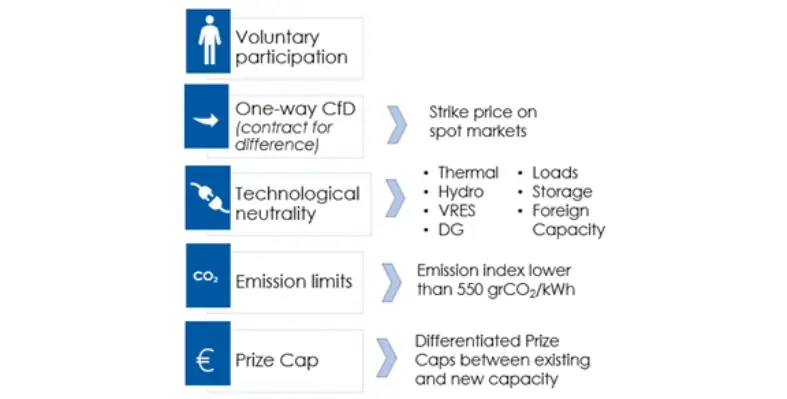 Italy was among the first in the EU to launch a CM, holding its inaugural auction in 2019 for delivery in 2022. The most recent auction took place in February 2025, securing capacity for 2027. These auctions are open to
Italy was among the first in the EU to launch a CM, holding its inaugural auction in 2019 for delivery in 2022. The most recent auction took place in February 2025, securing capacity for 2027. These auctions are open to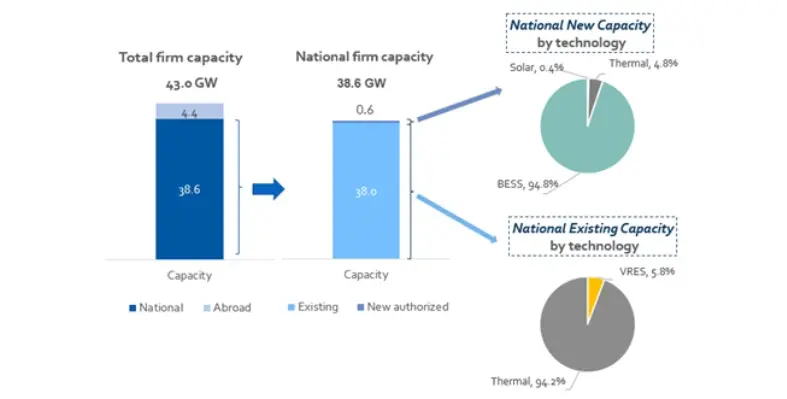 Importantly, the CM also welcomes cross-border participation, allowing foreign providers to contribute firm capacity if they secure transmission rights at Italy’s borders. Even variable renewable energy sources (VRES) like solar and wind are participating. While their awarded firm capacity may seem modest—just 5.8% or 2.2 GW—it represents around 14 GW of installed capacity when adjusted for reliability factors.
Importantly, the CM also welcomes cross-border participation, allowing foreign providers to contribute firm capacity if they secure transmission rights at Italy’s borders. Even variable renewable energy sources (VRES) like solar and wind are participating. While their awarded firm capacity may seem modest—just 5.8% or 2.2 GW—it represents around 14 GW of installed capacity when adjusted for reliability factors.